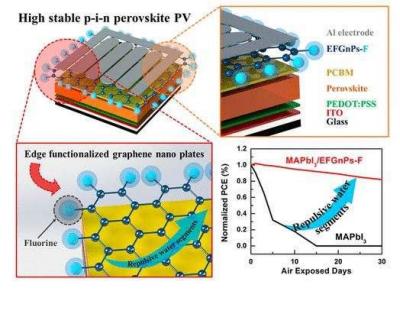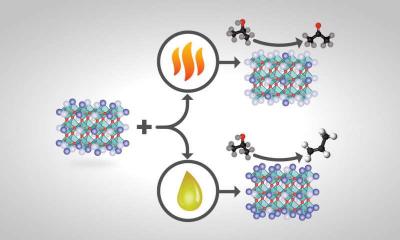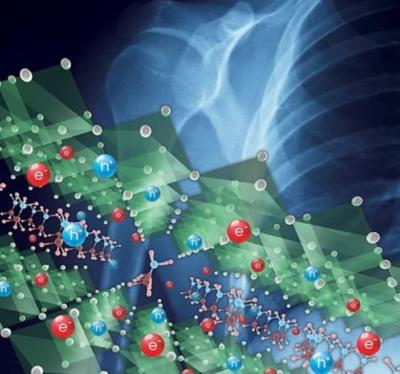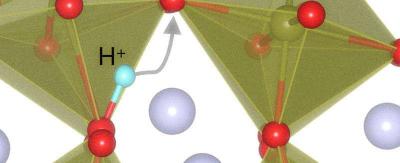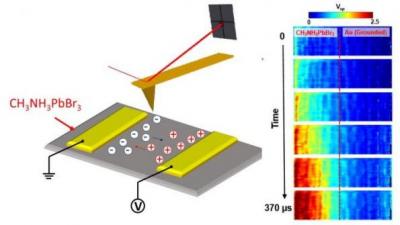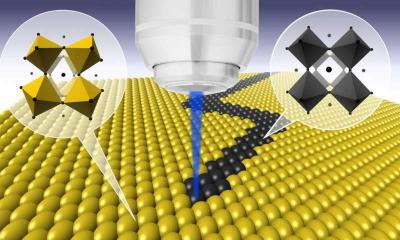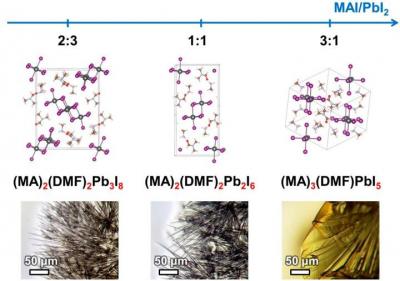New perovskite-quantum dots hybrid may enable efficient and affordable solar cells
Researchers at the National Renewable Energy Laboratory (NREL) and the University of Washington have designed an interesting strategy for driving down the cost of solar cells while ramping up efficiency: the team developed a high cost, high efficiency quantum dot solar cell for space applications, and provided the expensive solar cell up with a cheaper perovskite layer. The combined solar cell would be aimed at terrestrial applications with a more moderate price point. Note that in the proposed lower cost solar cell, the cheap layer is not the only role for perovskite. The expensive quantum dot layer would also be made of perovskite.
The NREL team explains that colloidal quantum dots are electronic materials and because of their astonishingly small size (typically 3-20 nanometers in dimension) they possess fascinating optical properties. That first quantum dot solar cell had a conversion efficiency of just 2.9% and was based on a lead sulfide formula. Things moved along quickly after that, and NREL noted a record of 12% for lead sulfide achieved by the University of Toronto just last year.
